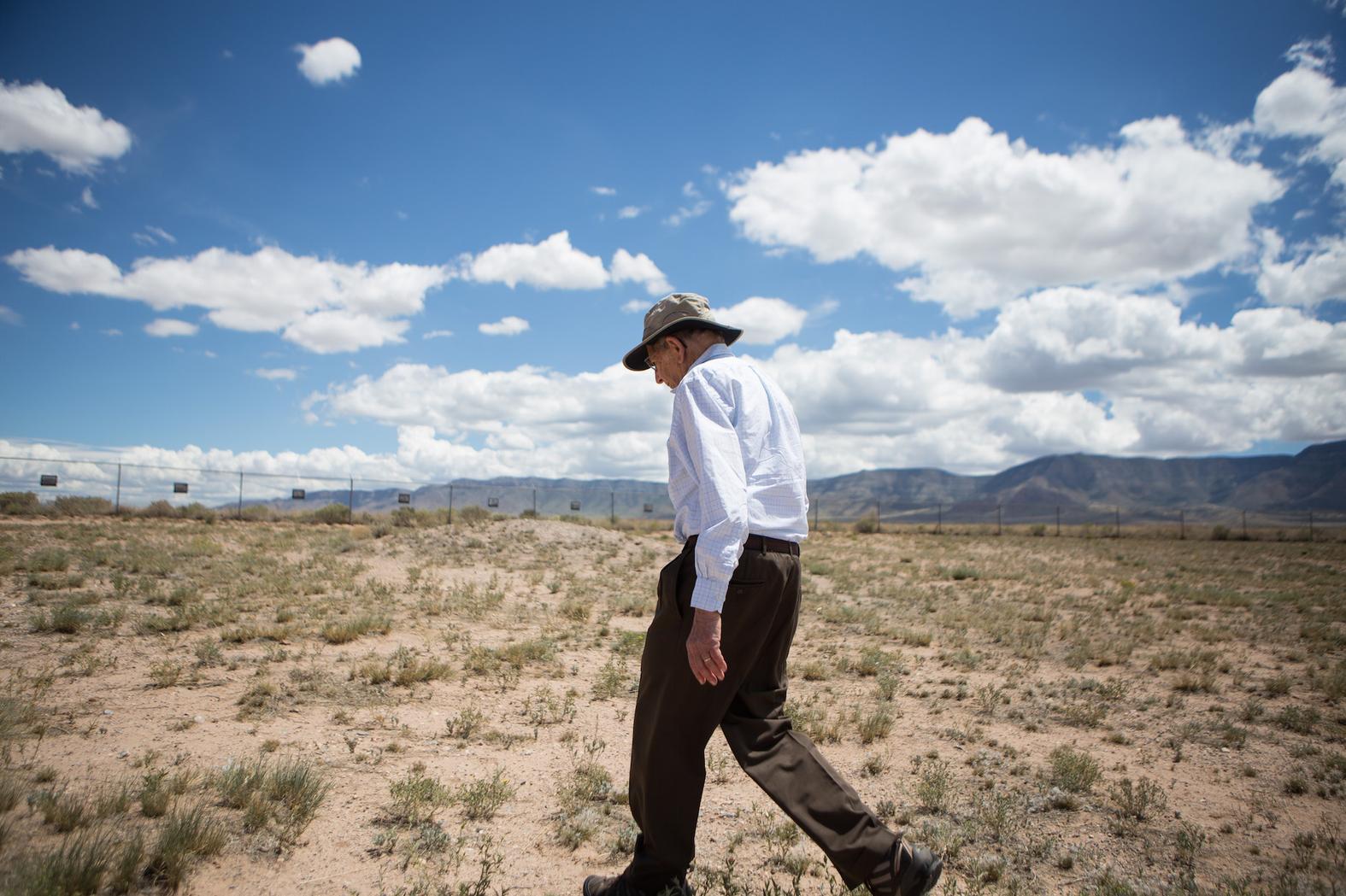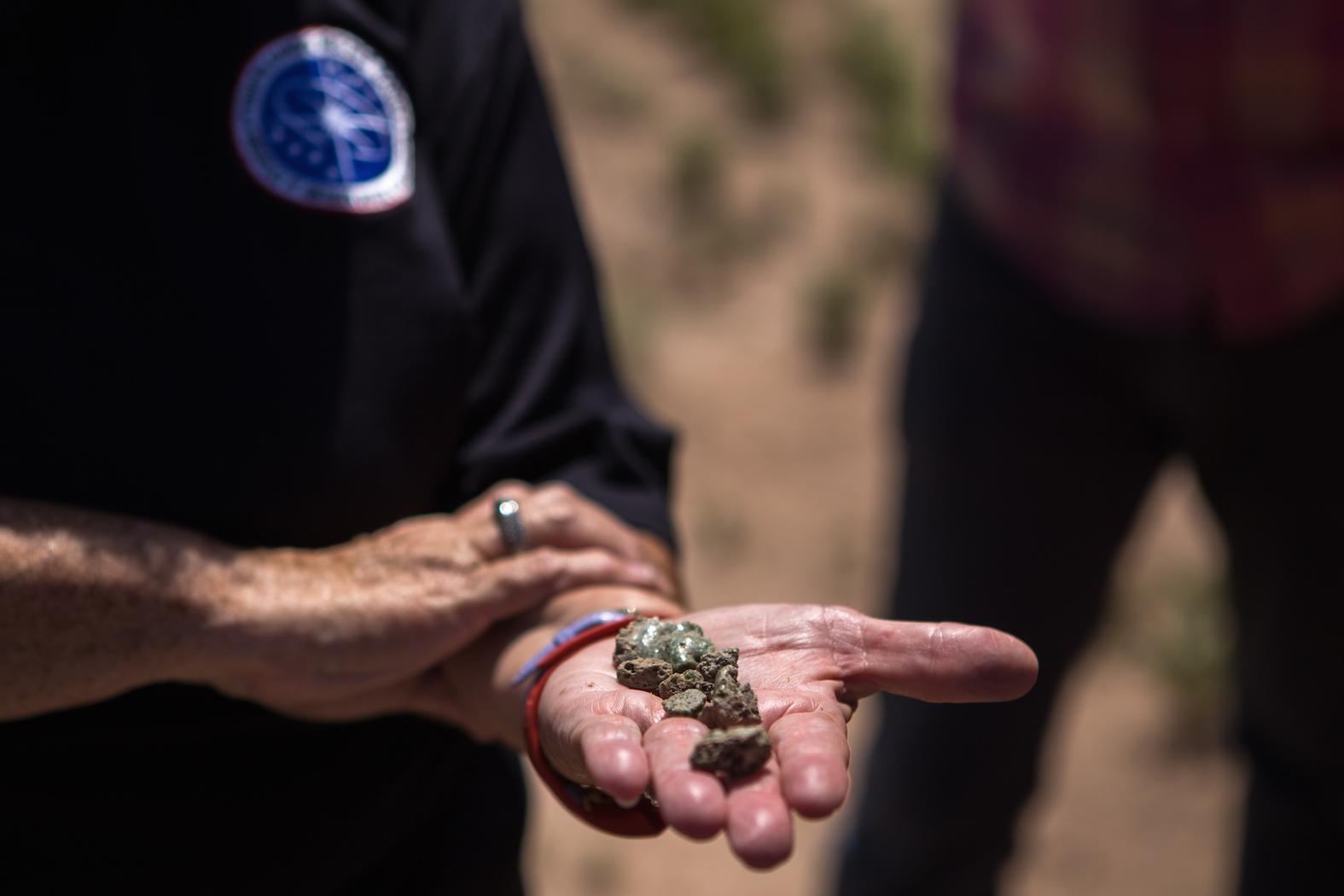One of the Last Remaining Manhattan Project Scientists Has Died
Credit to Author: Brian Merchant| Date: Tue, 26 Sep 2017 13:30:00 +0000
Murray Peshkin, the last known surviving Manhattan Project scientist, passed away last week after a years-long battle with heart disease. He was 92.
Peshkin went to work on the Manhattan Project when he was still a physics student at Cornell. He was just 18 years old when a physics professor pulled him aside and asked him if he would consider joining a top secret—and highly patriotic, he was assured—effort that he himself knew almost nothing about. Because it was wartime, and because he sensed the gravity of the ask, Peshkin said yes on the spot. He ended up working under the likes of Enrico Fermi and Edward Teller at Los Alamos, crunching the numbers that would help pave the way for Gadget, the first atomic bomb.
When that first test bomb was exploded at the Trinity test site in July of 1945, it opened the door to an era of nuclear armament that has never entirely been shut. Just weeks after Gadget fused the desert sand together into a sheet of radioactive green glass—dubbed ‘Trinitite’ by the scientists—the first nuclear weapon, Little Boy, was dropped on Hiroshima.

I met Murray two years ago, on the 70th anniversary of the birth of the nuclear bomb. Together with his son Michael, the three of us traveled to the crater left in its wake, where Murray had not stepped since he’d dug out the radiation gauges from the irradiated sand with a shovel (and drove out, stark naked in a pickup truck, but that’s another story) days after it was dropped. Back then, in 2015, it didn’t seem preposterous to feel as though the age of sitting two minutes to midnight was, against all odds, winding down—I titled my story about Murray, our trip, and the legacy of the Manhattan Project “The Twilight of the Bomb.”
That wasn’t to imply we were out of the woods, but that the bomb, no longer the central threat of the Cold War, was less of a looming, immediate risk—even if it presented new perils in its senescence. There were, after all, reasons to be hopeful: Barack Obama and Vladimir Putin had held productive talks on nuclear disarmament, the Iran deal was celebrated as a step towards nonproliferation, and stockpiles in general seemed at last poised to diminish rather than grow.
Now, of course, the specter of nuclear conflict looms larger than it has since the Cold War, with two of the world’s most belligerent and darkly ridiculous leaders engaging in a terrifying, increasingly incomprehensible war of words.
I’ve been thinking about Murray a lot since Michael wrote to tell me of his passing. Not only because he was a whip-smart and surprising man, generous and thoughtful, and I thoroughly enjoyed our discussions about his life and the bomb. Or because I’d learned that same weekend that I was going to be a father—and stepped, two days later, into the crater of the bomb—and considering the weight of total human destruction and intimate human creation at once was a permanently searing experience. But also, mostly, because Murray’s passing came a day after president Trump again flippantly threatened a whole nation with nuclear annihilation.
A lifetime of wisdom about the bomb (and much else), of intimate knowledge about the power and the burden of touching it, quietly elapsed just as a man who understands it not one iota blustered its wrath unto the world.

We need minds and perspectives like Murray’s more than ever. See, in addition to being knowledgeable about its genesis, Murray was deeply ambivalent about his small role in creating the bomb. In one particularly powerful conversation we had, he framed his thoughts on the subject like this: “Imagine that we had lost the war, and the victors then decided to punish the war criminals. Would they consider me a war criminal? Maybe they would. I would give the obvious defenses, so maybe I wasn’t fully a war criminal, but that’s what they would have said.”
Murray was certainly no war criminal—he was a teenager who ran numbers for some of his physicist heroes, joined up for what he was assured was a patriotic cause, and did not ascertain he was helping to build a bomb until later in the process. Yet it still weighed very deeply on him, decades on. “You know, I’ve thought about this so much over the years, all these very difficult questions, you know, should we have done it?” he wondered aloud. “Could we have done it differently? I think I’ve played out those thoughts,” he told me. As I wrote then:
But there’s no satisfying answer, because how could there be. An exuberant teenager, asked to join a top secret science project, pulling on the umbilical of whatever’s next, groping down the road, we’ve all been there—but ours didn’t end in Hiroshima.
Despite the fact that joining the Manhattan Project launched his career, despite his deep love of physics and having gotten to know some of its greatest minds, the weight of the bomb is such that he would give it all up to have never abetted its destruction. “If you ask me now, just given the chance to replay history?” he says, “and I should not be involved in that, which would I prefer? I think I would prefer not.”
To some extent, Murray represents the passing of a generation of scientists and thinkers who knew full well the weight of the bomb; to me, his passing signifies in part the loss of that moral gravity, that finely tuned relationship to the weapon. It’s easy to forget how close we came, on multiple occasions, to nuclear annihilation; if Stanislav Petrov, who also died last week, hadn’t ignored a glitch in his software, he might have launched the Soviet arsenal—and nuclear holocaust. As those heroes pass on, a gap grows, and we’re left with figures like Trump and Kim who have no moral connection to the possibility of the bomb—a truly terrifying prospect.
“I always felt I got my moral compass from my dad,” Sharon Peshkin, Murray’s daughter, wrote to me. “He knew what was right and acted on it.”
After the Manhattan Project, Murray devoted his life to science, both in research and education; as a professor at Northwestern University, and eventually, the Acting Director of the Physics Division at Argonne National Laboratory. He stayed active in research until the end—doing physics quite literally from his hospital bed.
“The last thing I did with dad was help him route his VPN connection thru the hospital’s wifi, so that he could get to his neutron modeling programs at Argonne National Lab,” Michael wrote me. “His kids and grandkids were with him a lot in what turned out to be his last days, and my mom was by his side as always,” he also wrote. “He lived a long happy and fulfilling life, and it ended on the terms he wanted.”
Rest in peace, Murray.